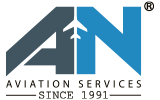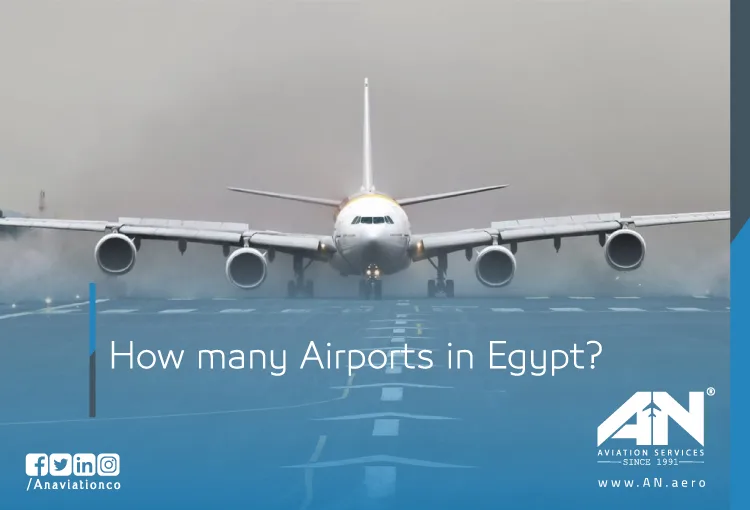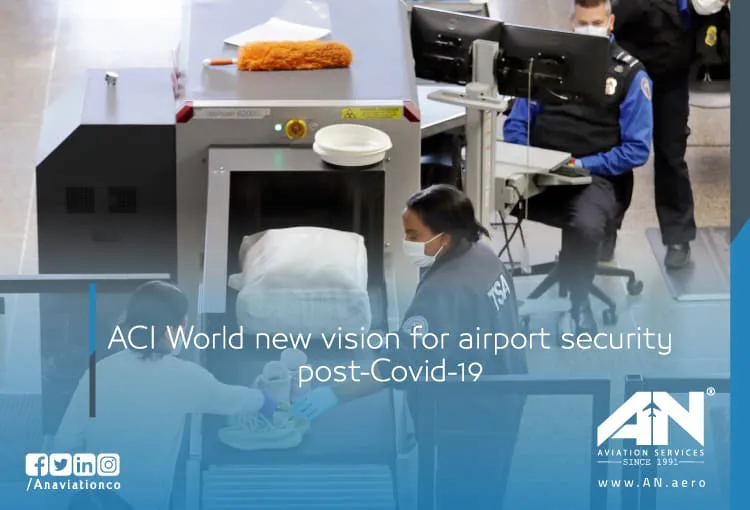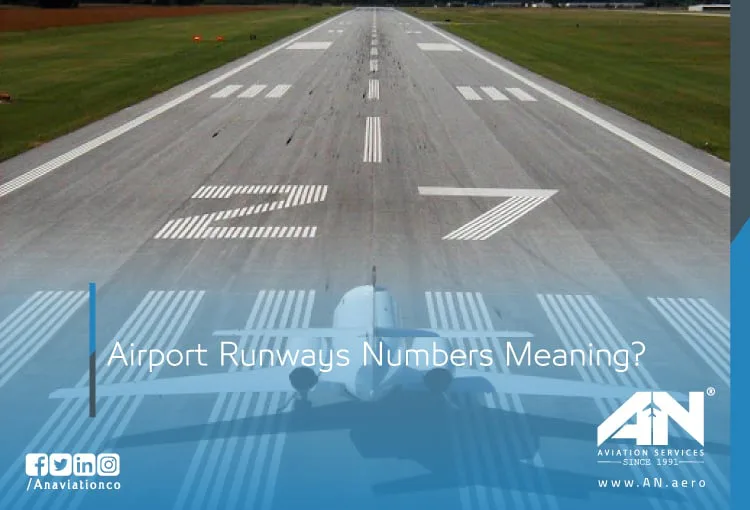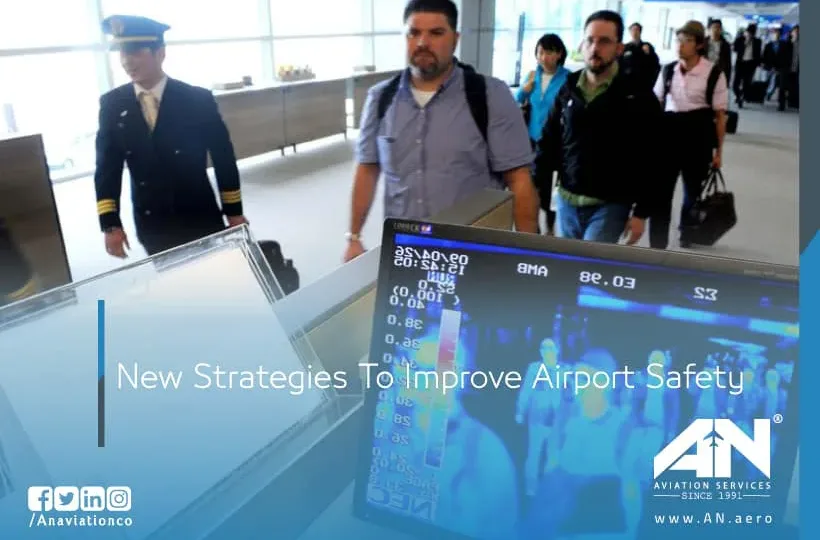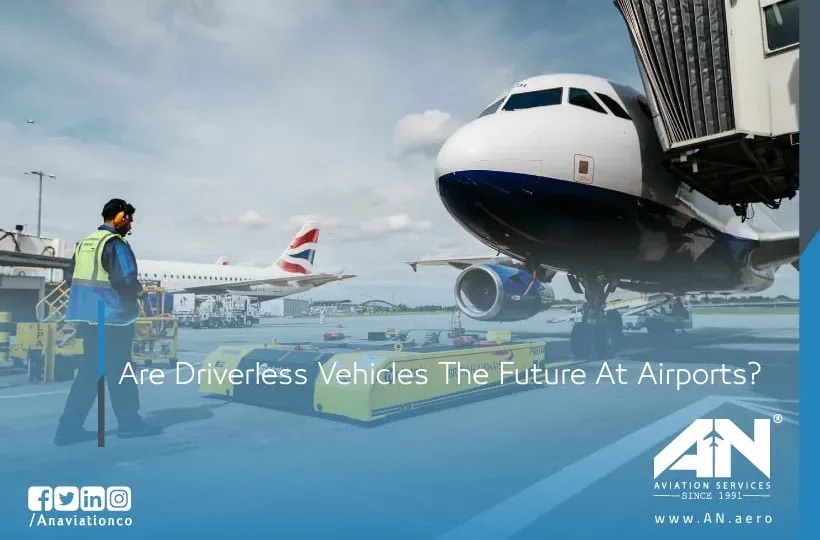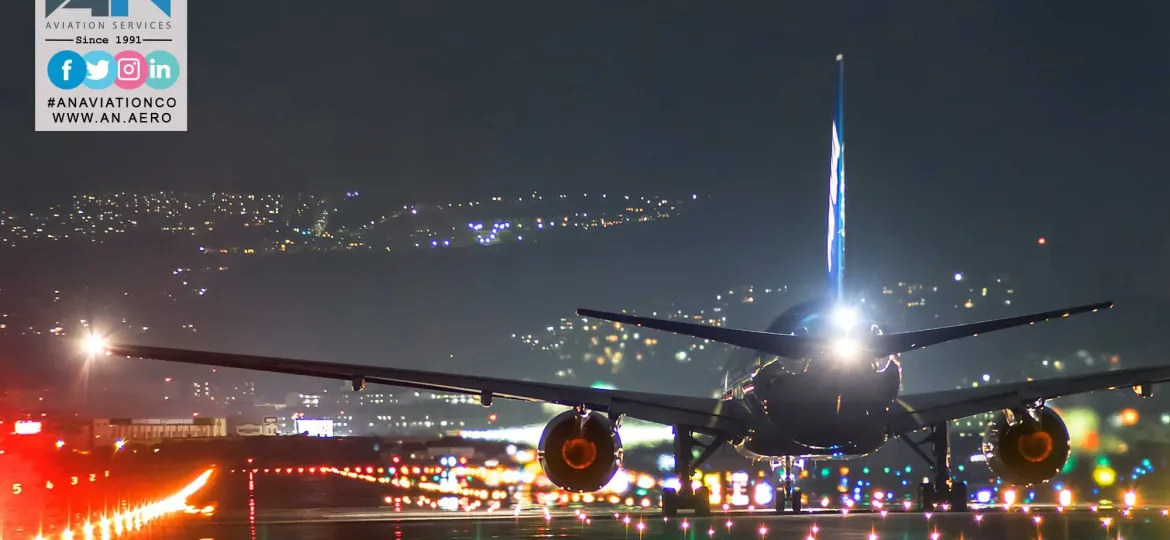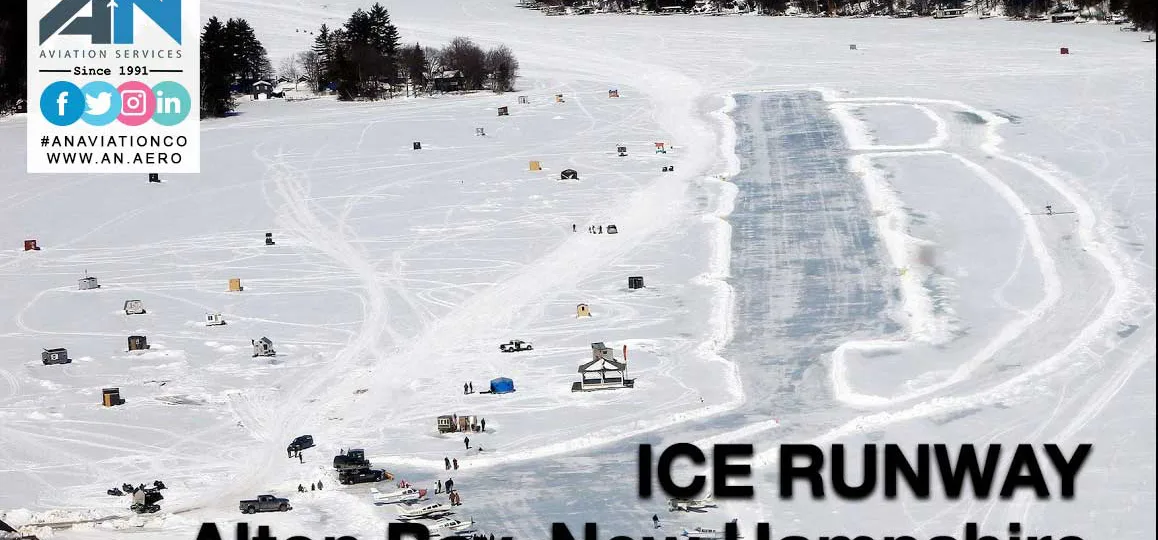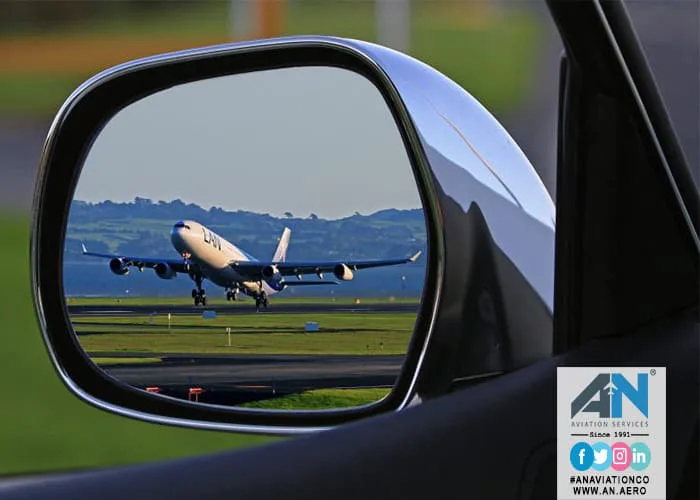Egypt, a country rich in history and culture, also boasts a well-connected aviation network that serves millions of passengers each year.
Airport
The COVID-19 pandemic fundamentally changed the way we travel, leaving no aspect of aviation untouched. Among the most affected areas is airport security, where health and safety protocols have become as vital as traditional security measures.
Airport runways may look like a simple stretch of pavement, but they are meticulously designed and marked to provide clear guidance to pilots.
Airport firefighters play an essential and often overlooked role in ensuring the safety of thousands of passengers, crew, and staff who pass through airports daily.
Airport safety is a top priority for the aviation industry, and as air travel continues to grow, so do the challenges associated with maintaining secure and efficient airport operations.
These fully autonomous vehicles are no longer just part of science fiction—they’re rapidly becoming a reality in various industries, and airports are no exception.
One critical element that pilots rely on, especially during night landings or low visibility conditions, is the runway lights system.
When you think of an airport runway, the image that likely comes to mind is a solid asphalt or concrete surface built to handle the weight and speed of landing aircraft.
If you’ve ever driven to the airport, you’ve probably found yourself wondering: “Why is airport parking so expensive?” Whether it’s a short weekend trip or a long vacation, parking your car at the airport can sometimes feel like a bigger expense than the flight itself.
If you’ve ever driven past an airport, airfield, or even certain industrial sites, you’ve probably noticed a brightly colored windsock swaying in the wind.
